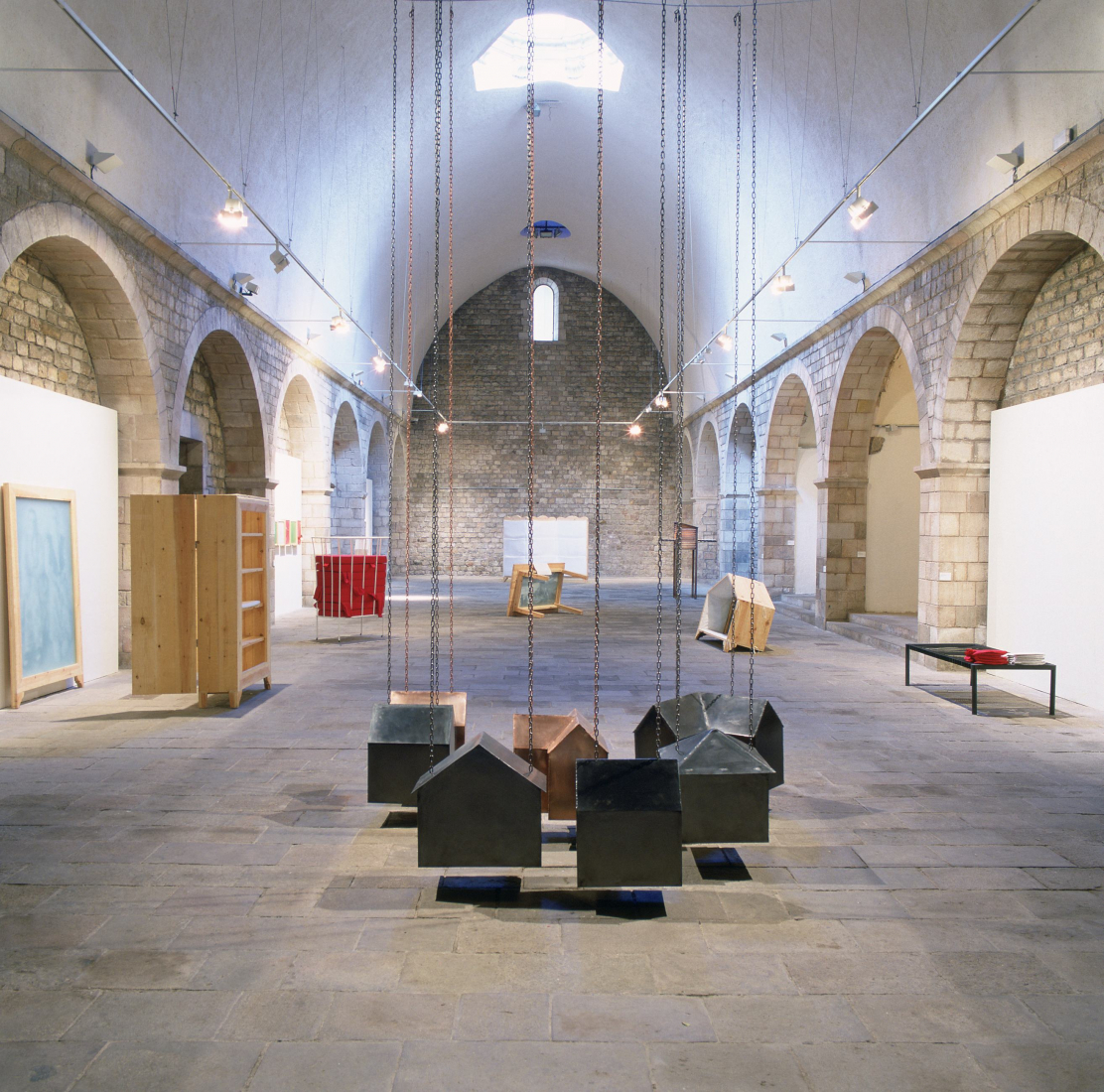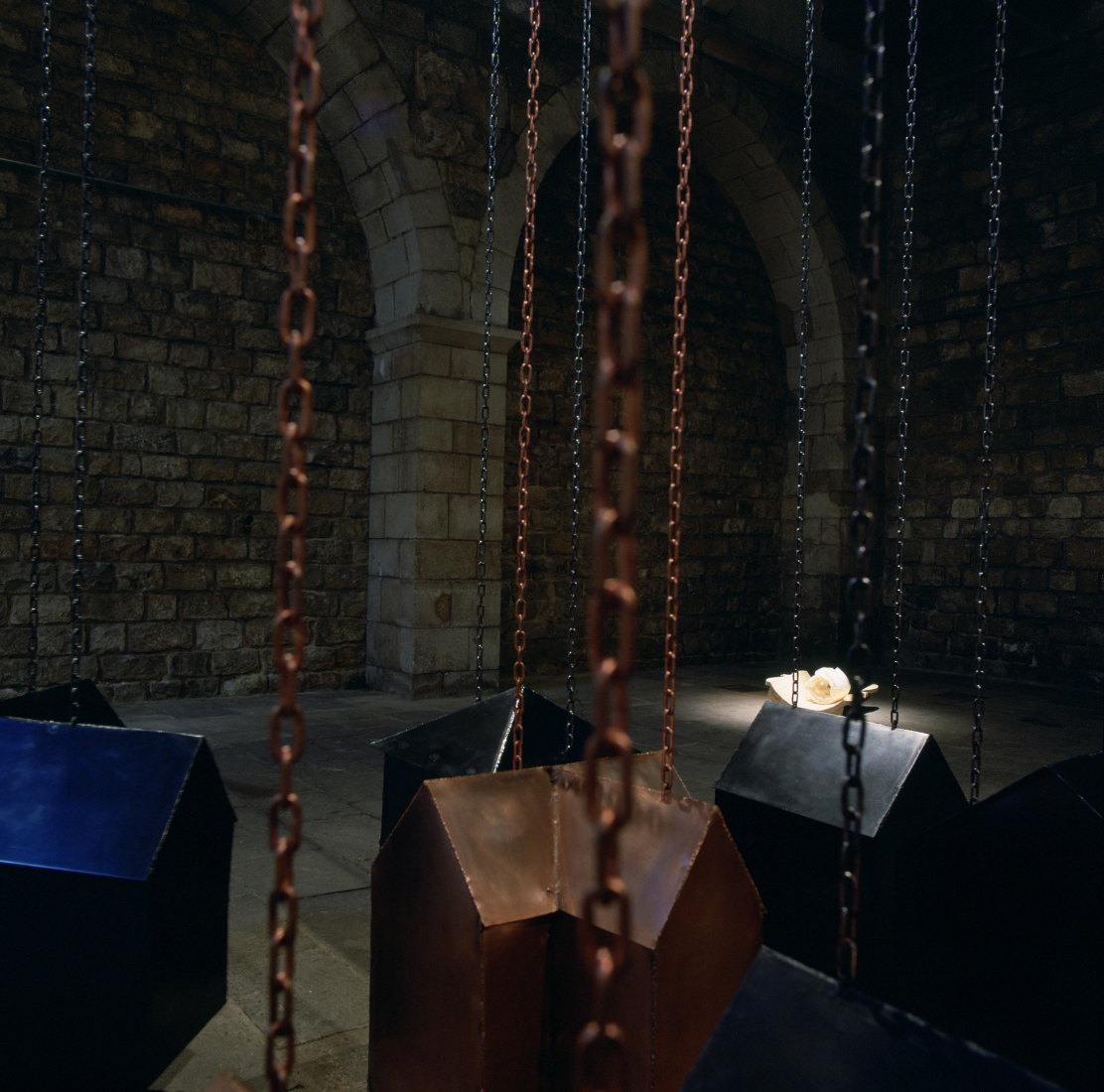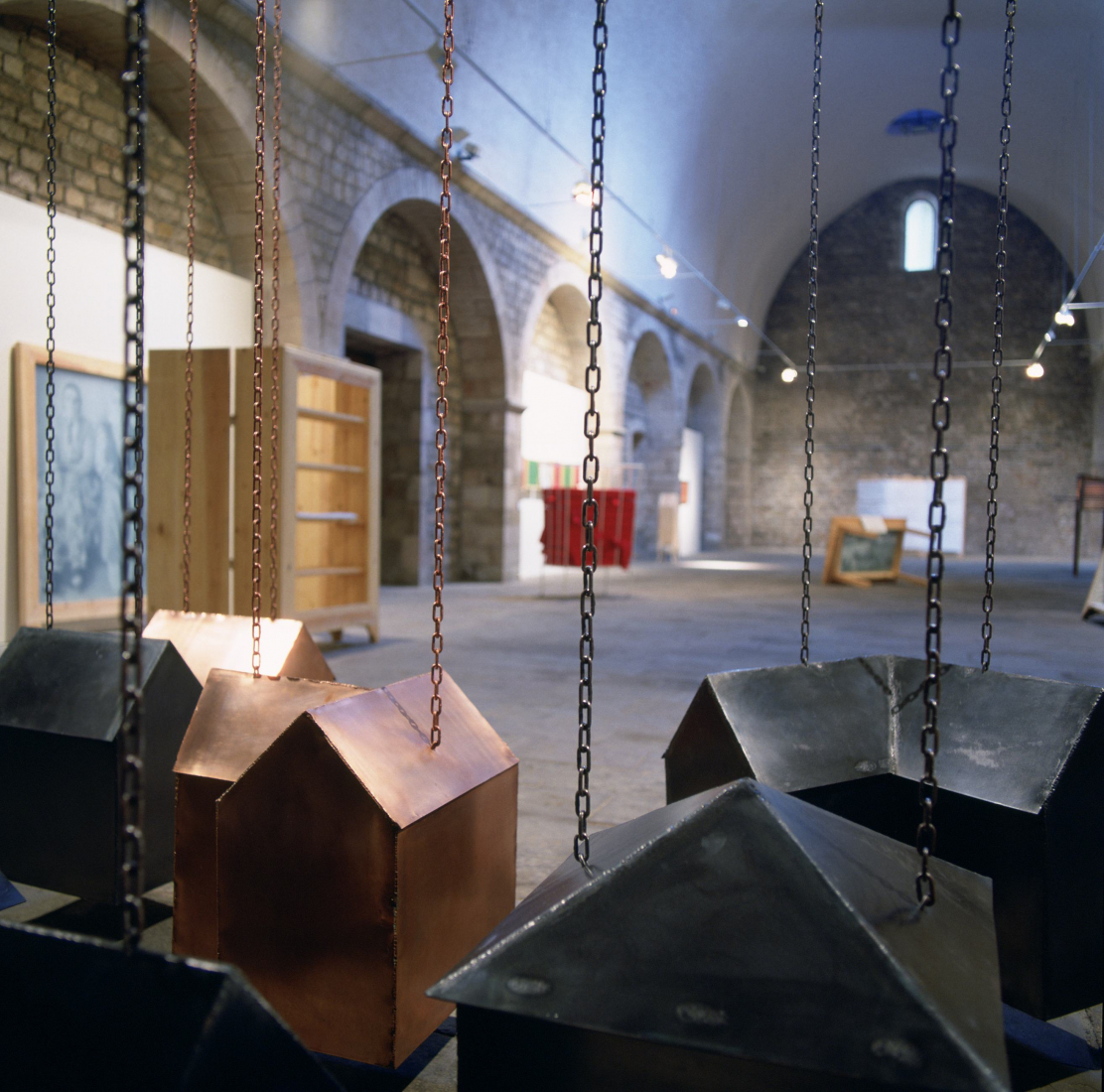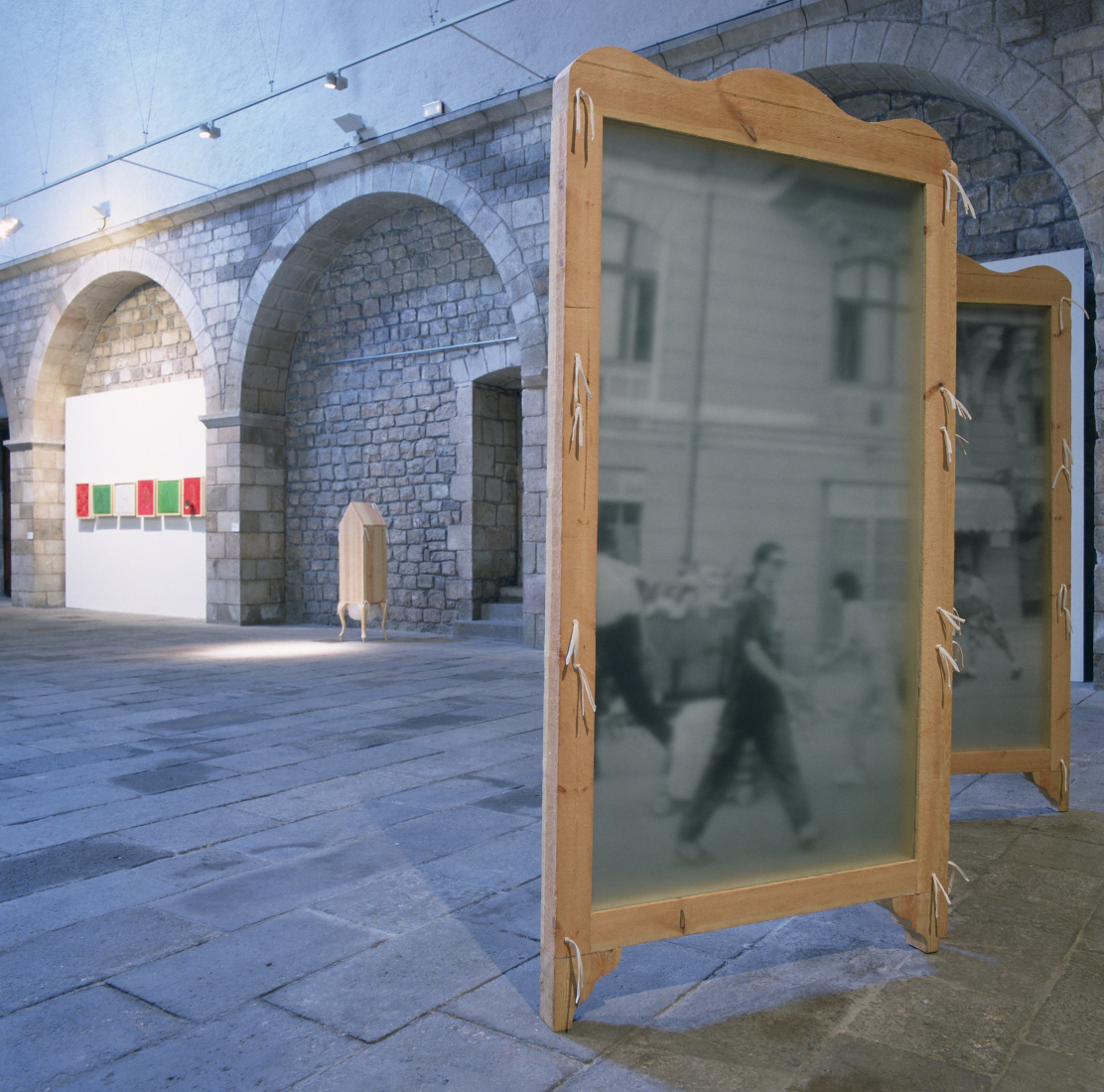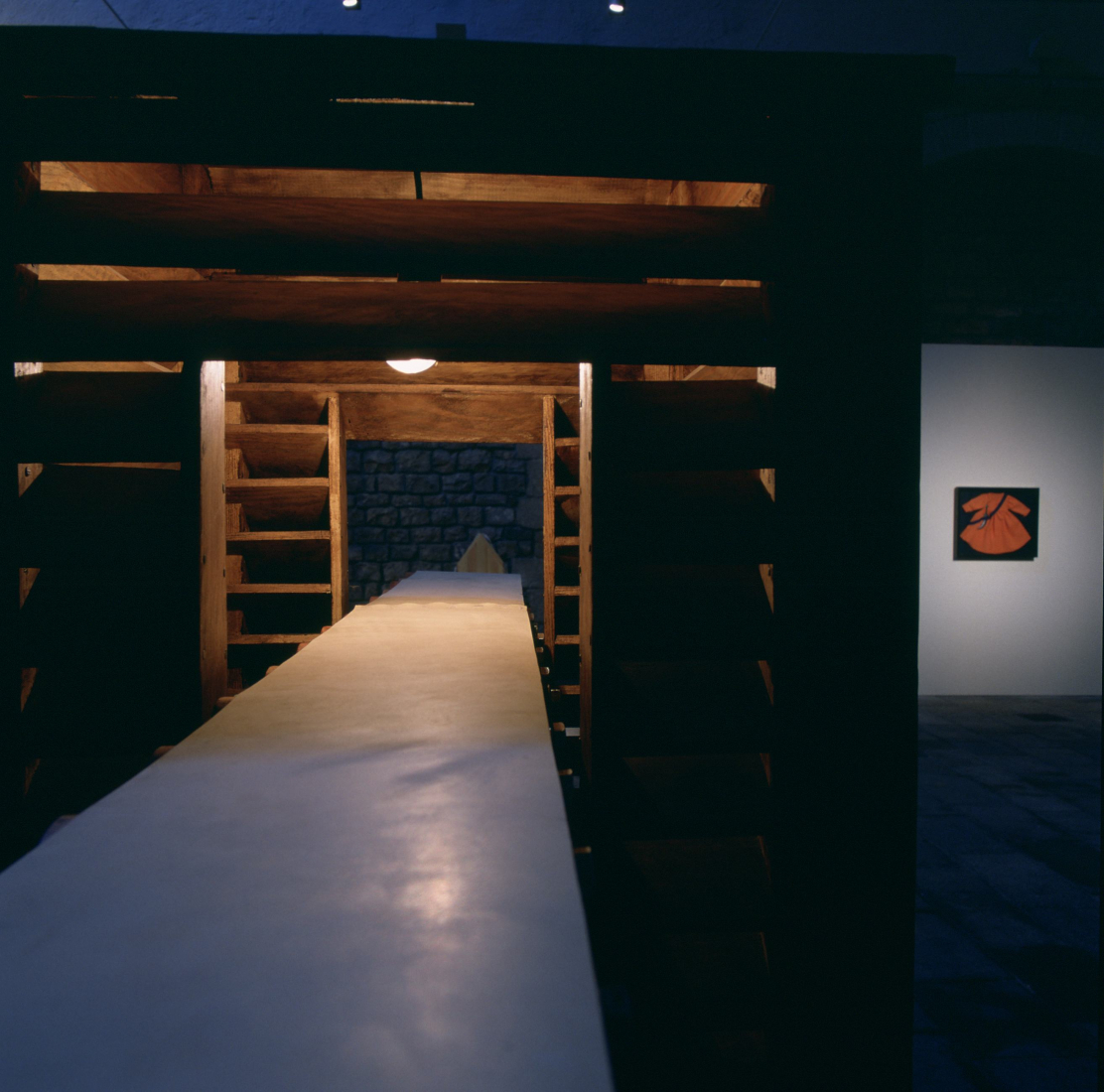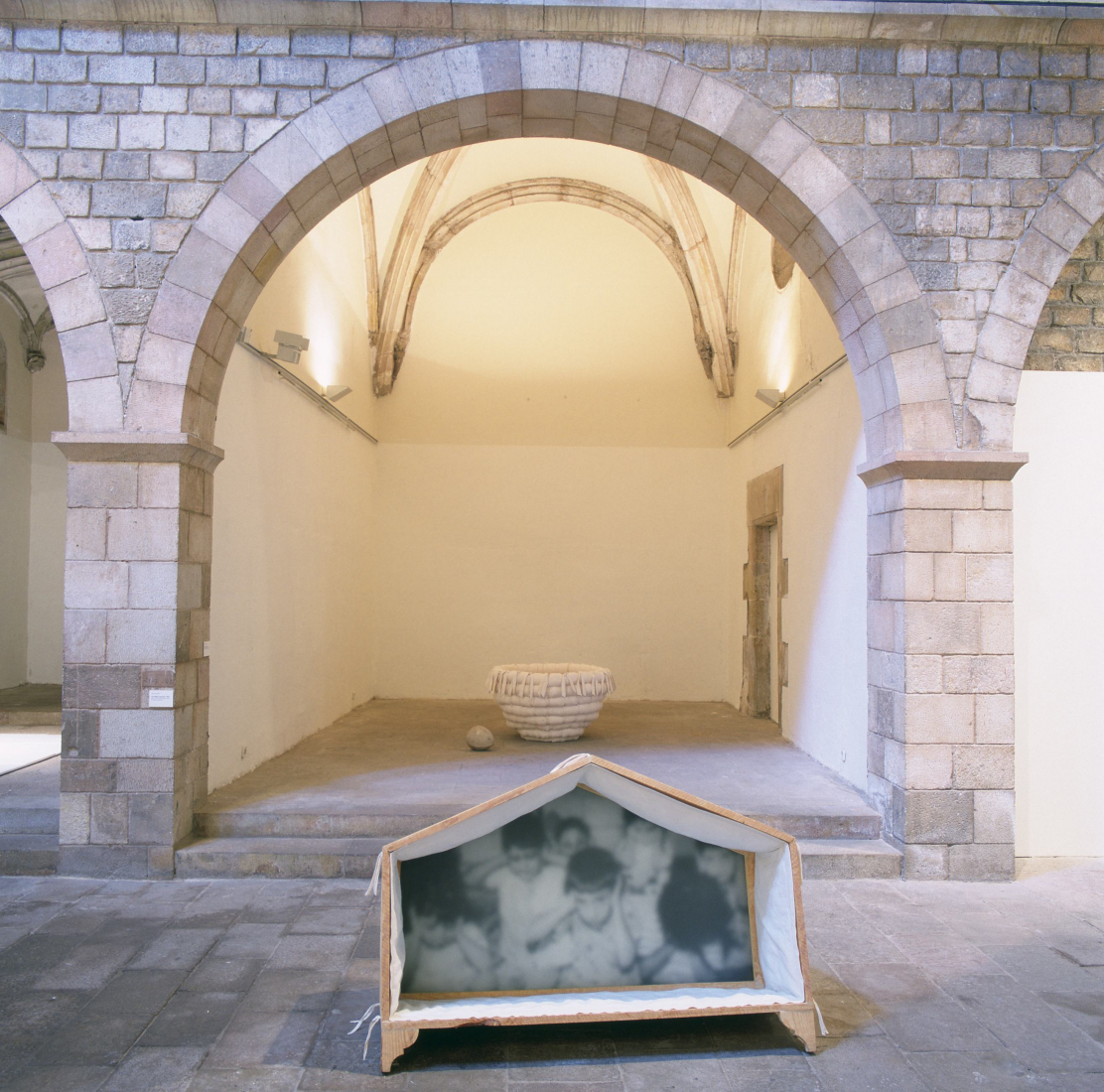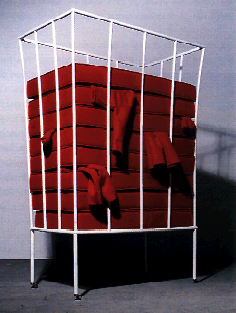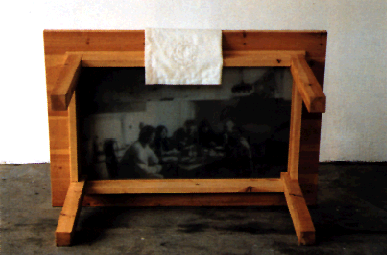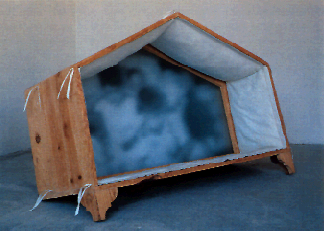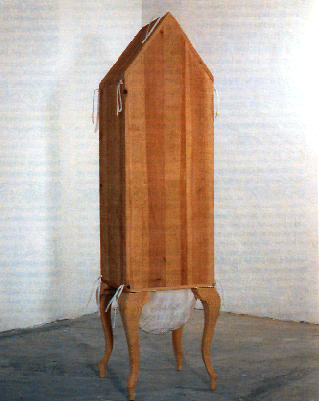Permindar Kaur - Carme Saumell
Among some of the fundamental ideas that post-Minimalist attitudes started and put into circulation so productively as from the mid-sixties - and that have come to us today with a validity not only unbelievable but even renewed and strongly increased - we would have To highlight all those questions that refer to the deep linkage of the subject's experience with the processes of creation, a connection that allows us to think that any work of art ends up possessing a high degree of identification not only with the particularities of the artist, but from these, and by virtue of its paradoxical universality, it ends up affecting the very idea of being human, as a projective metaphor as a generic parable, whether it is talk of the trasbalsos of the mind as if we are referring to the simple relationship with the structures and the orderings of thought.
Changing the direction of the same elements, the convulsive spirit of modernity turns the direction of the terms of the historical avant-gardes - as well as its definition, and even the legitimacy of using this term later in a similar sense of the foundational: it is no longer art that tries to approach life or to integrate it as an element but rather it is life that takes enough consistency, responsibility, conscience and power as a succession of self- Crucial events to become part of the imaginary and conceptual repertoire present in the contemporary artistic process, beyond the simple everyday repertoires or other anecdotal intransigent ones. From this perspective, what we know generically as the subject's experience - a vast field full of parabiographic references and fictional devices linked to individuality and a particular sense of privacy - is constituted as one of the most important elements at the time to calibrate the current mechanisms of artistic production that are most interesting to us, immersed in a referential dynamic that brings about what constitutes the essence of creation to the expressive will of the artist and builds a discourse based on the elaboration of consciousness of being, on the one hand, and in relation to this subjective entity and producer of discourse with the environment, on the other.
Within this broad frame of thought, and basically since the mid-eighties, we have been checking out how the sculptural and three-dimensional devices have contributed most to base a complex and multiform artistic practice that has linked the world of references Metaphorical and allegories with the processes of artistic production. The staging of the ideas of the author by means of the three dimensions has meant a revulsive not only in terms of materials, techniques, objects and representative intentions put into circulation in an almost massive way. The enormous metaphorical possibilities of materials, the allegorical implications of the objects and the whole repertoire of combinations of practically linguistic or paralingual structure that this has led to mean that, at this time, the deployment of three-dimensional devices has a capital effect on Plan for the representation of the ideas and wills of the subject, the sphere of the individual and the area of privacy, making the artist become, in this sense, a remarkable image builder, a forger of presence that relate their own existence with the outside world, and the result of these implications, almost symbiotic, with the same processes of artistic creation: at times, the enormous allusive possibilities of materials and object constructions are linked more And more with the own constructions that it supposes in himself the discourse of the subject.
The convulsed artistic scene of the eighties has, in addition - and without leaving the three-dimensional sphere, although widely considered, of course, the inclusion within the mechanisms and processes of interest of the creation of a huge world a reference strongly linked to the idea of the massive and uncomplicated appearance of a large network of new problems - social, sexual, ethnic, religious, political, of identity, minority, illness, denunciation - in the contemporary scene , new problems and new interests clearly put into circulation by the creators themselves, saying that three-dimensional fictional devices are the ideal place to practice them or to put them on stage in a productive and related way: the works and the Expressive systems that show Parmindar Kaur and Carme Saumell are an unbeatable testimonial and demonstration.
At certain moments, it seems as if the story of a person was at the same time as his own people and what they have created their specific conditions, and vice versa. To allow Kaur shows in his works some of the distinguishing features of his culture of origin, and of the area from which it historically comes from the elements from the religion and, finally, also of his condition as a woman and of the activities that they are associated, so that all together ends up building one of the possible networks that give thickness and stupidity to their three-dimensional work, full of references to the parabiographic fields, even if it is splashed, and immersed in the devices of the memory
But more than a mere symbolic referentiality, his works show profound allegorical abilities, which are also the basis of his generic discourse, allegorical capabilities that are so much for himself as for themselves spectator, also aimed at seeing in each of these pieces a fragment of an image from a very specific contextual and social stratum - religious, domestic, human ... -, and relating each other as a knitting a species a map full of landmarks of reference: a temple, a house, a cradle, a bed, a sacrifice, a tattoo, a scar, the shadow of a child, and vestiges and printing everything together, all but , without finishing being completely defined, showing itself in an open way, waiting for a final operation on the part of the viewer, an operation that completes the system of production. They are not just images but places, not just allegories of the human condition but specific places, places in which history passes, life, in which what turns out to build the thickness of an entire existence, from from the present moment to the future and with the image of the past, always installed in memory, as if it were a kind of guide, as if it were a time that never happened.
Carme Saumell's work is a slow and in-depth meditation on the passage of time, and the recollection, intimacy and instinct for protection, whenever it suggests a slight approximation to the idea of pain and the alteration of the perception of images and more or less everyday scenes. Each one of his pieces, viewed in isolation, seems to derive from one another from parallel or previous, and the materials used seem to refer to the extreme subtlety of an inner state attempts or a plot. the one of the privacy hardly violable like rustic and hard appearances in principle little comparable to the feminine condition and creates therefore, a violent resistance in which the result of the opposition offers new ways of access to its possible interpretative keys. The deep link between all his works -and not only for pure reiterations of materials or even for analogies and formal parentheses quite obvious- makes them ideally considered as forming a homogeneous set that responds to one single conceptual determination and a single ideological corpus, solid and powerful and strongly dependent on those layers of privacy that govern our lives inside, which are so important not only to understand the works but also to the people.
Carme Saumell contributes to an idea of the expanded three-dimensionality a remarkable degree of complexity, and constructs shocking images that link to the most deprived areas of the memory of the spectator. The use of certain materials and their special arrangement makes the metaphorical references even more visible and forceful, making no concessions to sensitive temptations: the systematic incorporation of clothing and the special way of folding and bending -the image of the phrases and words embroidered like a terrible and indelible scar on the white background, the wood contrasted with the photographic extensions, the subtle chain of the idea of furniture with the idea of sotrac, the earthquake, the trasbals, The revival of an established order not only shows the terrible face of disorder and chaos but a remarkably pessimistic vision of what is still -main provisionally- in order. The multiple references to the everyday, to the idea of protection and self-clearance, of concealment, as an entosolararse, to close itself in search of indispensable protection, as preserving the essence of things, bring us closer to one a powerful work that provides us with one of the most powerful images of this work with the experience of the subject, of this connection between the mind and its trasbalsos and some of the processes of contemporary artistic creation that are opening the way to Some of the fundamental devices to understand the artistic production of this end of the century.



